Name Hasan Prishtina Role Politician | Succeeded by Idhomene Kosturi Religion Islam | |
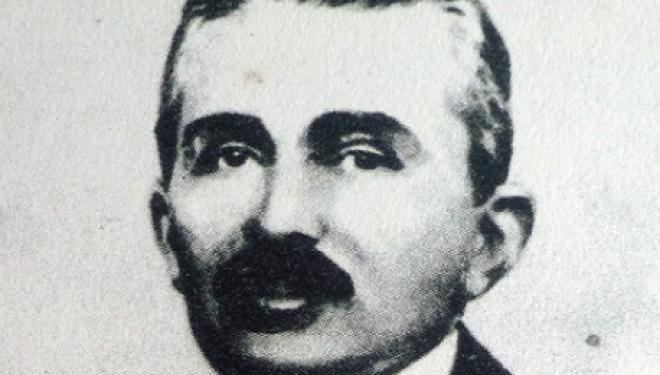 | ||
Died August 13, 1933, Thessaloniki, Greece | ||
Resting place Kukes, Albanian Kingdom | ||
Hasan prishtina biografia
Hasan Prishtina (Turkish: Priştineli Hasan) originally known as Hasan Berisha (September 27, 1873–August 14, 1933), was an Albanian politician, who served as the 8th Prime Minister of Albania in December 1921.
Contents
- Hasan prishtina biografia
- Atentatet e Mdha Atentat n Selanik
- Family and early life
- Albanian National Movement
- Albanian Independence and World War I
- Political career
- Exile and death
- Legacy
- References
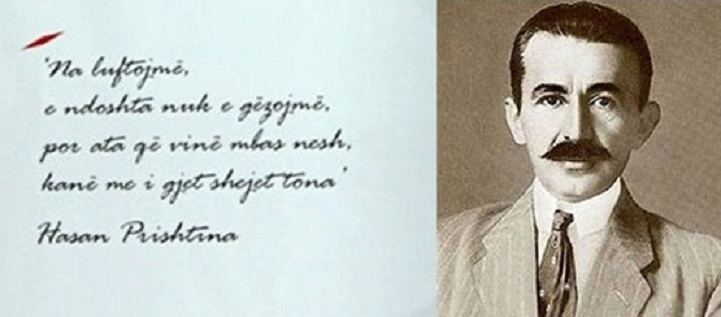
Atentatet e Mëdha - Atentat në Selanik
Family and early life
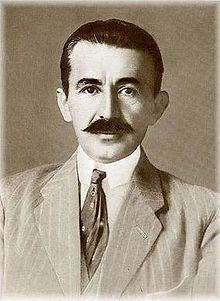
According to Ivo Banac and Miranda Vickers, Hasan was a member of the Serb Šišković clan of Vučitrn, whom Serbs held as traitors. Hasan was born in 1873 in Poljance in the Drenica region, his father Ahmed Berisha having moved there from the Vučitrn kaza in 1871. After finishing the French gymnasium in Thessaloniki, he studied politics and law in Istanbul. He was originally known as "Hasan Berisha".
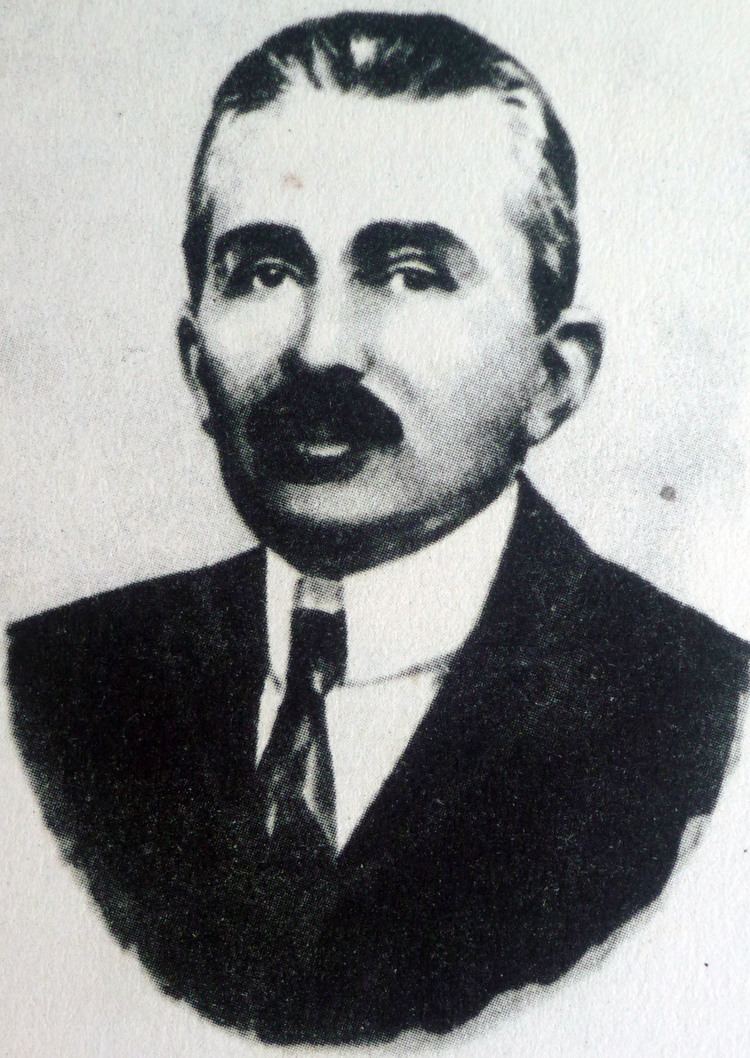
He initially supported the Young Turks and was elected to the Ottoman parliament in 1908. He changed his last name into Prishtina in 1908, when he was elected as the Pristina delegate in the Ottoman parliament in Istanbul during the Second Constitutional Era of the Ottoman Empire. However, Prishtina lost his position in 1912 as did all the Albanian deputies.
Albanian National Movement
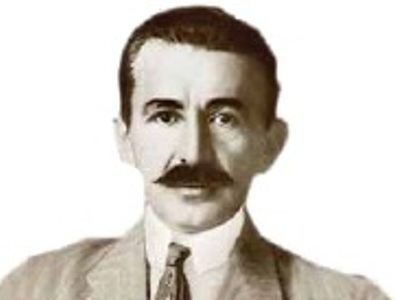
After the Ottoman Government did not keep their promises for more rights and independence to the Albania nation, Hasan Prishtina and several other prominent Albanian intellectuals started organizing the Albanian National Movement. He together with Isa Boletini and Bajram Curri took the responsibility to start the Albanian National Movement in Kosovo.
Prishtina took an active part in the 1912 uprising in Kosovo and formulated the autonomy demands that were submitted to the Turkish government in August 1912, the so-called fourteen points of Hasan Prishtina.
Until August 1912, Prishtina led the Albanian rebels to gain control over the whole Kosovo vilayet (including Novi Pazar, Sjenica, Priština and even Skopje), part of Scutari Vilayet (including Elbasan, Përmet, Leskovik and Konitsa in Janina Vilayet and Debar in Monastir Vilayet.
Albanian Independence and World War I
In December 1913, after Albanian independence, he served as Minister of Agriculture, and in March 1914 was made minister of postal services in the government of Independent Albania led by Ismail Qemali.
During the First World War he organized divisions of volunteers to fight for Austria-Hungary. In 1918, after the Serb recapture of his native Kosovo from Austria-Hungary, Prishtina, together with Bajram Curri, fled to Vienna and later to Rome, where he was in contact with Croatian, Macedonian and Montenegrin opponents of the new Kingdom of Yugoslavia. Hasan Prishtina became a head of the Committee for the National Defence of Kosovo in Rome in 1918.
Political career
Hasan Prishtina was in charge of the delegation of the Committee in December 1919 which represented Albanians for the protection of their rights in the Paris Peace Conference, where he requested the unification of Kosovo and Albania. The Kosovar delegation was, however, not given leave to participate in the debates.
Prishtina then returned to Albania where in January 1920 he helped organise the Congress of Lushnjë and in April 1921 became a member of parliament for Dibra. He took part in a coup d'état that year and served as Primer minister for a brief five days from 7 to 12 December, but was forced out of office by Ahmet Zogu, who was a Minister of Interior at that time and regarded it as imperative to avoid conflict with Belgrade.
Thereafter, Hasan helped organise uprisings in Kosovo and led several anti-government insurrections in Albania, the latter being easily suppressed by the administrations of Xhafer Bej Ypi and Ahmet Zogu.
He returned to Tirana during the Democratic Revolution of 1924 under Fan Noli, whom he accompanied to the League of Nations in Geneva.
Exile and death
When Zogu took power in December 1924, Hasan bey Prishtina was forced to leave Albania. As he could not return to Kosovo, he settled in Thessalonika where he purchased a large estate. Hasan Prishtina is known to have been very rich, and sold almost all his property to finance the education of Albanians from Kosovo in universities around Europe, and for the armed resistance, during all his life.
Hasan bey Prishtina was a enemy of Ahmet Zogu, the two having attempted to assassinate one another. He was imprisoned by Yugoslav police for a period, was released in 1931. In 1933, he was killed by Ibrahim Celo in a cafe in Thessalonika on the orders of the Serbian government. His mansion in the city is currently used as Thessaloniki's school for children with visual impairment.
Legacy
Hasan Prishtina is commemorated in Kosovo and Albania. In 1993, when a meeting commemorating the 60th anniversary of his death was convened in Kosovska Mitrovica, Serbian police raided the place and showed machine guns to the participants. Out of 80 participants, 37 were arrested and the rest were beaten for 5 to 15 minutes by police. In 2012 a statue of Prishtina was elevated in Skopje in Skanderbeg Square [1].
